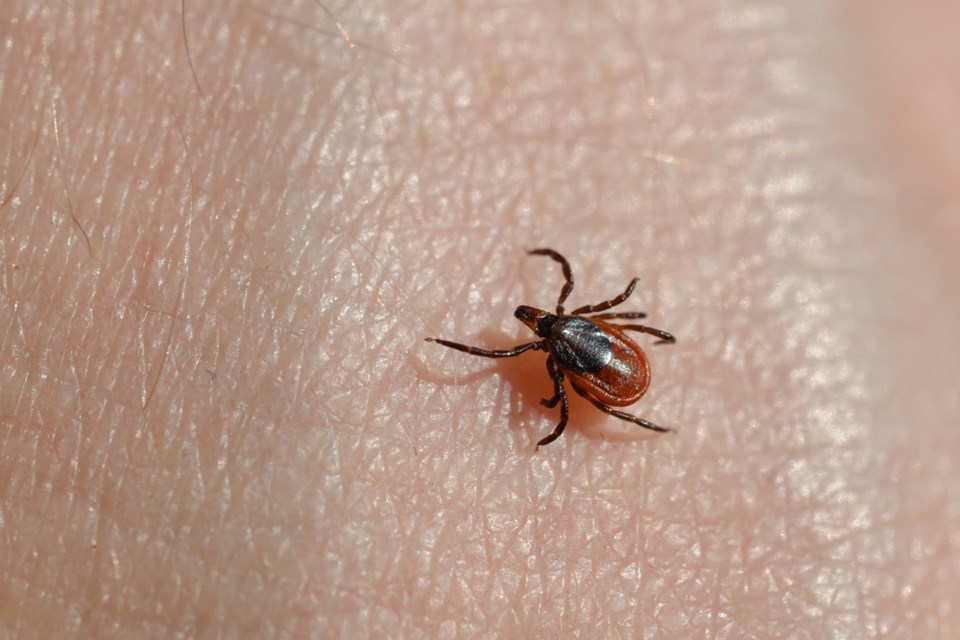Many of us love spending time in the great outdoors in the warm weather, but we need to be mindful of the risks. Be sure to check yourself for ticks from now until October, particularly if you have been out in tall grass, brush, or wooded areas.
There are a number of precautionary measures that you can take, including:
- Wear pants, long-sleeved shirts and shoes that don’t show your feet.
- Pull socks over your pant legs to prevent ticks from crawling up your legs.
- Wear light-coloured clothes so ticks can be seen easily.
- Use insect repellents that contain DEET or Icaridin. Apply repellent to clothes as well as your skin.
- Shower or bathe as soon as possible after being outside to wash off loose ticks.
- Do full body checks of yourself, your children and your pets after coming indoors.
If you do find a tick attached to your skin:
- Carefully remove it with fine-tipped tweezers, You need to grasp the mouth of the tick as close to the skin as possible
- Pull slowly upward and out with a firm steady pressure
- Be careful not to squeeze, crush or puncture the body after removal as this may also contain infectious fluids.
Why do we need to be careful? The risk for Lyme disease — an infectious disease spread by black-legged ticks — is low in Saskatchewan, but there is still a risk.
The most commonly found tick in Saskatchewan is the American dog tick, which is not capable of transmitting Lyme disease to humans. Rocky Mountain wood ticks and the winter tick are also found in the province.
As of December 31, 2018, 28,899 ticks have been collected and identified in Saskatchewan and only 71 were black-legged ticks. Of this number, only 10 black- tested positive for the bacterium that causes Lyme disease.
For more information on ticks and Lyme disease, including how to submit a tick for Lyme disease testing, visit http://www.saskatchewan.ca/lyme.




